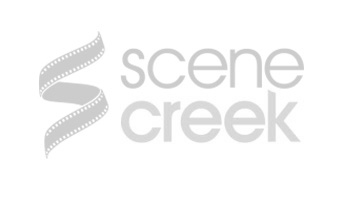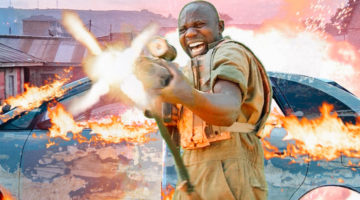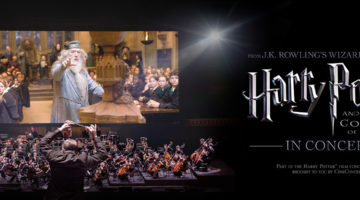Interview with Chris Kennedy, Programmer of WYSIWYG: The films of Michael Snow
It is evident that Michael Snow is an important part of the film scene, especially the Canadian film scene, but his revolutionary films perhaps do not get the attention that they deserve. Perhaps this is because Snow is so multidisciplinary, in addition to filmmaker, he is an also a creator of major art installations, (creator of The Audience at Rogers Centre and Flight Stop at the Eaton Centre), a jazz musician, a painter, a photographer and onwards, that his films sometimes get short shrift.
This is really unfortunate, because starting January 31st at 1:00 p.m. and running through December, TIFF is presenting a great number of his fascinating works, long, short, and everything in between. But the most exciting part of the programme is that as a part of the Free Screen, it is entirely free, and Snow is scheduled to be there for many of the screenings, including Wavelength, a hypnotic master work from 1967, which ‘stars’ Hollis Frampton, another truly engaging pioneer of film.
We spoke with Free Screen Programmer Chris Kennedy, who explained the wonder of Snow, and why and how we need to be present to view this retrospective.
Snow has been described as a structuralist filmmaker. What does that term mean?
He steps back. It’s not just about what we see, the story that we see on the screen, but it’s about the projector, it’s about the way that light works, how the images are built, so the structuralist film, another way of thinking about it is kind of a description of a process.
For example, for Wavelength, you can describe it as a focus on the zoom lens, for example. It’s taking certain elements and reducing them down. As a filmmaker, he’s reaching into the camera, and trying something new, looking at what happens when you go inside the apparatus.
 Why is Wavelength, for which the Wavelengths program at TIFF is named, so important?
Why is Wavelength, for which the Wavelengths program at TIFF is named, so important?
When Snow made Wavelength, he kind of cracked filmmaking open. He made something completely new, even within the experimental film community. Experimental films up until Wavelength were doing a lot of psychodramas, where the camera was an extension of the mind, an extension of the body. A lot of handheld camera, a lot of external politics.
Wavelength kind of went beyond that, to show the camera as an external apparatus. That challenged a lot of filmmaking. Wavelength became a touchpoint for so many other films. He’s influential in the way that you have to contend with him, or completely ignore him.
In some ways, his films are like the unconscious of experimental filmmaking.
Experimental film has been influenced by Michael Snow, pretty much full stop.
Why should an audience come to see Wavelength, for example?
You can watch Wavelength on YouTube, and you can get that content, but you won’t get that experience. I really encourage people to just sit down and go with it. We often don’t give enough to letting time happen, and with Michael’s films, you really get a sense of what you gain from this experience.





